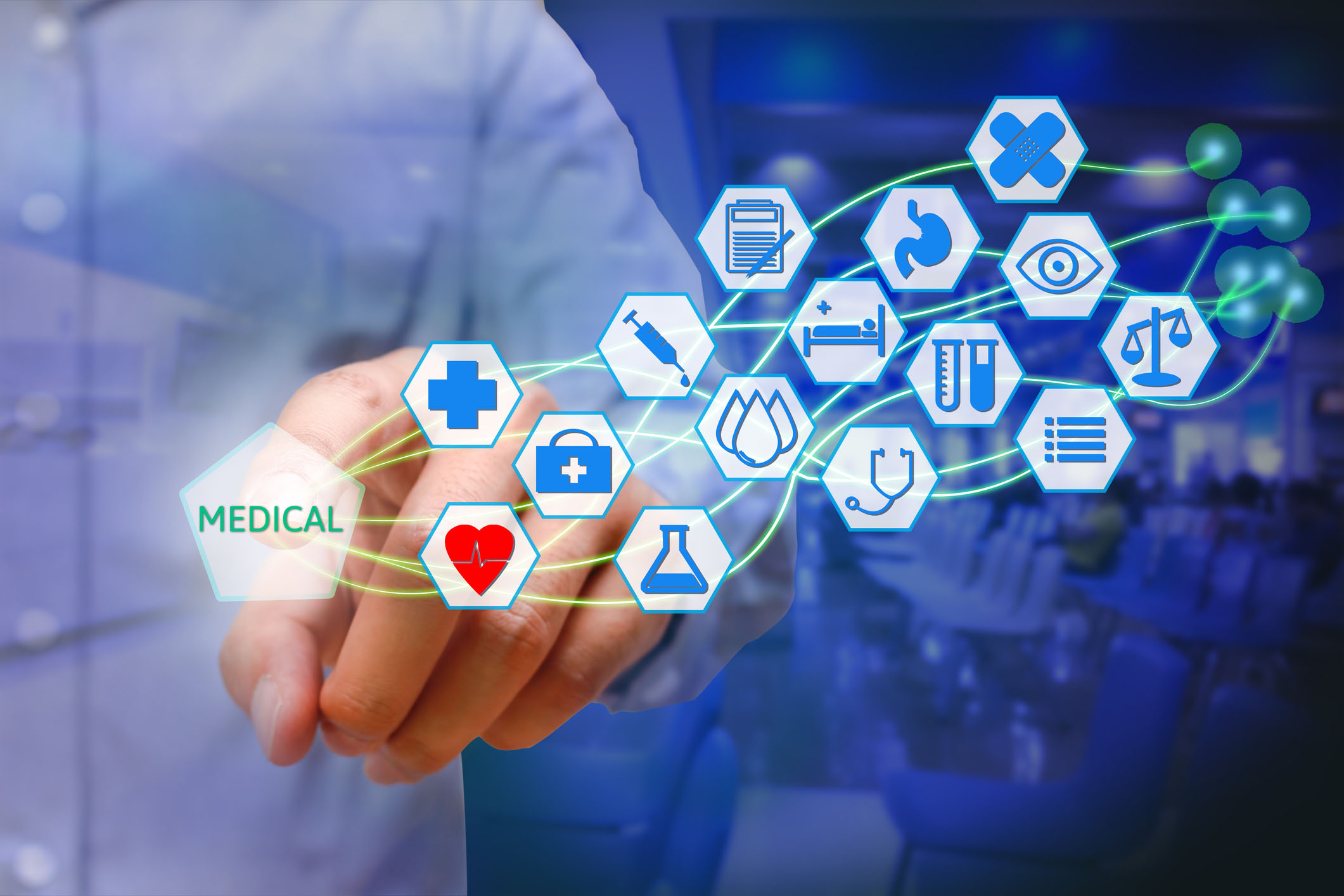Adding value with medical-grade wearables

Pharma wants to take wearables beyond fitness trackers to add value through disease diagnosis and monitoring solutions in the form of medical-grade wearables. Joe Miles explains the factors to consider.
The fitness wearable market has exploded in the last few years and analysts expect that by 2020, almost half a billion smart wearable devices will have been sold. For today’s health-conscious consumer, a Fitbit, Garmin or Jawbone activity tracker is a must-have accessory. Despite the fast-growing market, only 10% of those consumers are using the product daily. This is an opportunity for innovative life science companies to tap into the market and create value-added services for consumers.
To shine a light on personal health management for users, life sciences companies are working to provide solutions that combine treatment and technology by leveraging existing products and introducing medical-grade wearables.
Life science companies need to consider these factors as they deliver medical-grade wearables to patients:
The potential for medical-grade wearables
Medical-grade wearables offer a range of potential applications from real-time disease diagnosis and monitoring, to delivering insights on patient experiences, to improving product quality and innovation. Developing medical-grade wearables that will appeal to consumers, while providing health benefits, begins with identifying and defining unmet patient needs. The next step to develop a wearable that effectively meets a plethora of patient needs – whether it's a drug-device combination associated with a medical app or as part of a broader patient-engagement initiative.
The data
Part of the development process for creating a medical-grade wearable is to examine how clinical trial data integrate with real-world evidence, to determine the patient transition from controlled testing to everyday use. With the understanding of how technologies can be implemented as treatment options for conditions like diabetes and obesity, device creators can integrate feedback and validate the outcomes. The insights gathered from trial data can be used to improve product characteristics, design, and implementation.
The regulations
The development of regulations around security and confidentiality have become obstacles to the creation of medical-grade wearables. Currently, the regulatory path is in flux as the global agencies, like the FDA, develop risk-based frameworks for health information technologies, which will include wearables.
However, regulations are evolving, as both medical and wearable technologies are changing at a rapid pace, particularly if these devices are providing healthcare professionals with data in real time. Positioning health wearables as clinical-grade medical devices can ensure data integrity and compliance.
However, regardless of the device's classification, data collection and supply must always be accomplished in a way that ensures security of the data and informed consent from the patient. The resulting data output from medical-grade wearables can be directed through secure cloud‑based environments which can address privacy, security or confidentiality concerns, like anonymity.
The customer
For the health wearables market to have a successful and profitable future, life science manufacturers need to create and deliver customer-centric products. Creating and extending pharmaceutical solutions to encompass a more holistic approach to healthcare will ultimately deliver sustainable value to patients and healthcare systems. Building mutually-beneficial relationships between patients, physicians, providers and producers allows life science companies to improve therapeutic outcomes while reducing the cost of care for the patient and the healthcare system.
Beyond the hype
Wearables have the potential to enable a more holistic approach to healthcare that has the potential to revolutionise the health sciences industries. By embracing such a holistic approach to patient care, sciences like genomics, personalised medicine and molecular biology can integrate with emerging technologies powered by the Internet of Things (IoT), creating what could become the next wave of life-saving drugs and devices.
To enable this transformation, life science companies need to leverage the power of these devices when utilised in a disease-related context. This will not be simple or easy, given the magnitude of legal, regulatory and technical issues, but the opportunity to positively impact healthcare outcomes around the globe has never been greater.
About the author:
Joe Miles is Global Vice President Life Sciences at SAP.










